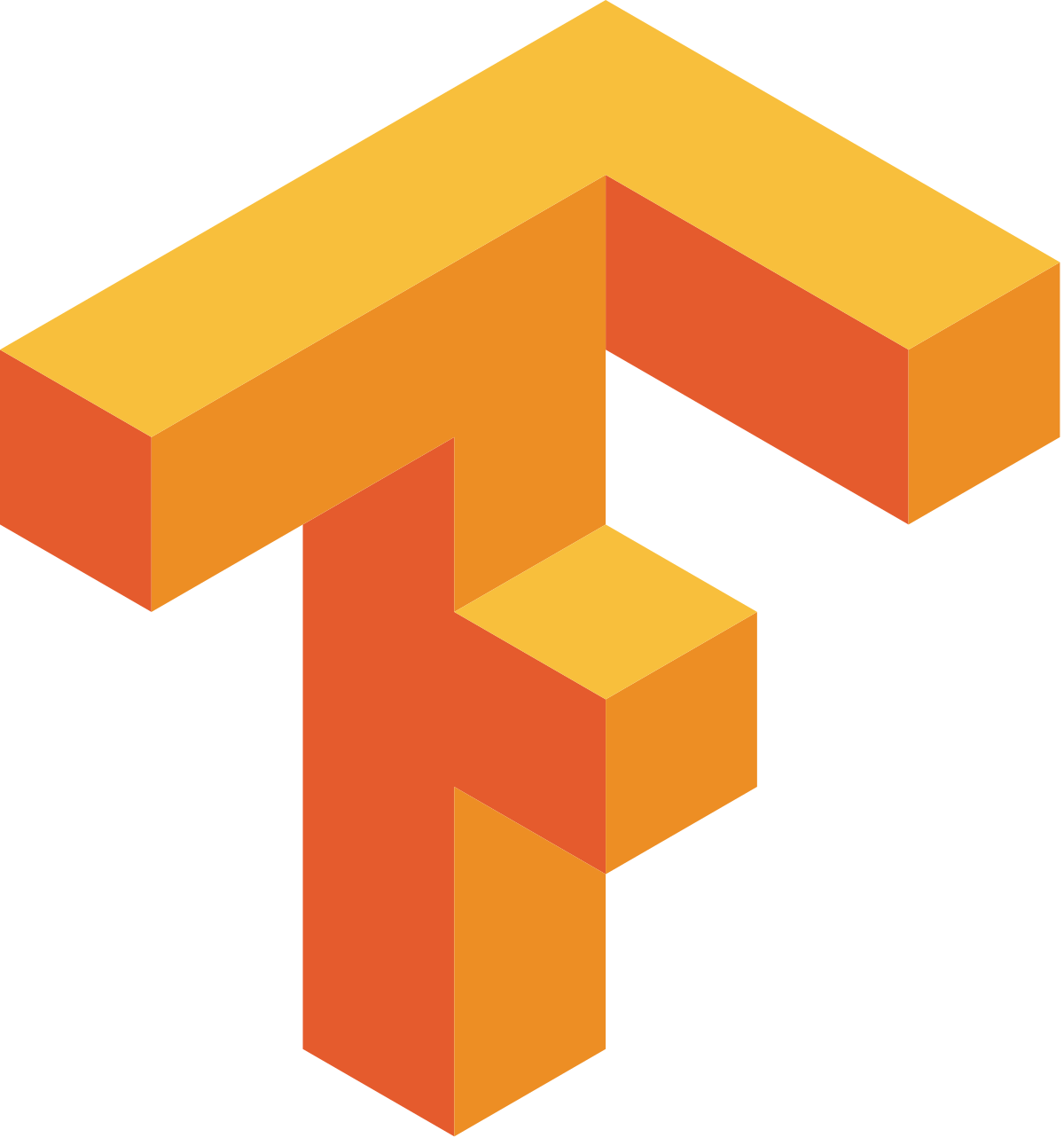Welcome to the QuickScan - Realtime Machine Learning Based Pricing project! This project aims to help restaurant owners optimize their menu prices dynamically using advanced machine learning techniques. The system leverages QR codes for a contactless menu, integrates WhatsApp OTP verification, and utilizes datasets from Zomato and Uber Eats to adjust prices based on various factors.
- QR Code-Based Menu: Customers can scan a QR code to access the restaurant menu on their devices.
- WhatsApp OTP Verification: Integrated with Facebook API and Twilio for secure user verification.
- Dynamic Pricing: Prices are adjusted in real-time based on time of day, weather conditions, day of the week, and historical data.
- Machine Learning Models: Utilizes K-Means, Random Forest, and XGBoost algorithms to predict optimal prices with over 92% accuracy.
- Cloud Deployment: The system is deployed on AWS EC2 with Firebase for real-time database management.
The dynamic pricing strategy takes into account multiple factors to optimize menu prices effectively:
- Time of Day: Different prices are set for breakfast, lunch, and dinner based on historical demand patterns.
- Weather Conditions: Weather data is used to predict changes in customer behavior. For example, rainy days might see a higher demand for comfort foods.
- Day of the Week: Prices vary between weekdays and weekends to capitalize on higher weekend traffic.
- Historical Sales Data: Past sales data helps in understanding trends and setting prices that maximize revenue.
- External Datasets: Leveraged datasets from Zomato and Uber Eats to incorporate broader market trends and competitive pricing.
- K-Means Clustering: Used to segment customers based on their ordering patterns and preferences, allowing for targeted pricing strategies.
- Random Forest: Implemented to predict the impact of different factors on sales and optimize pricing decisions.
- XGBoost: Applied for high-accuracy price predictions, factoring in complex interactions between variables.
- Achieved over 92% accuracy in predicting optimal menu item prices.
- Continuous monitoring and refinement of models to adapt to new data and changing market conditions.
We are currently working on developing an automatic feedback loop pipeline. This pipeline will:
- Automatically Collect Data: Gather real-time data on sales, customer behavior, and external factors.
- Model Retraining: Continuously retrain models with new data to improve accuracy and adapt to changing conditions.
- Feedback Integration: Incorporate customer feedback and sales performance to fine-tune pricing strategies dynamically.
- Frontend: React.js
- Backend: Node.js, Express.js
- Database: MongoDB, Firebase
- Machine Learning: Python (scikit-learn, XGBoost)
- Deployment: AWS EC2
- APIs: Facebook API, Twilio API, Zomato API, Uber Eats API



